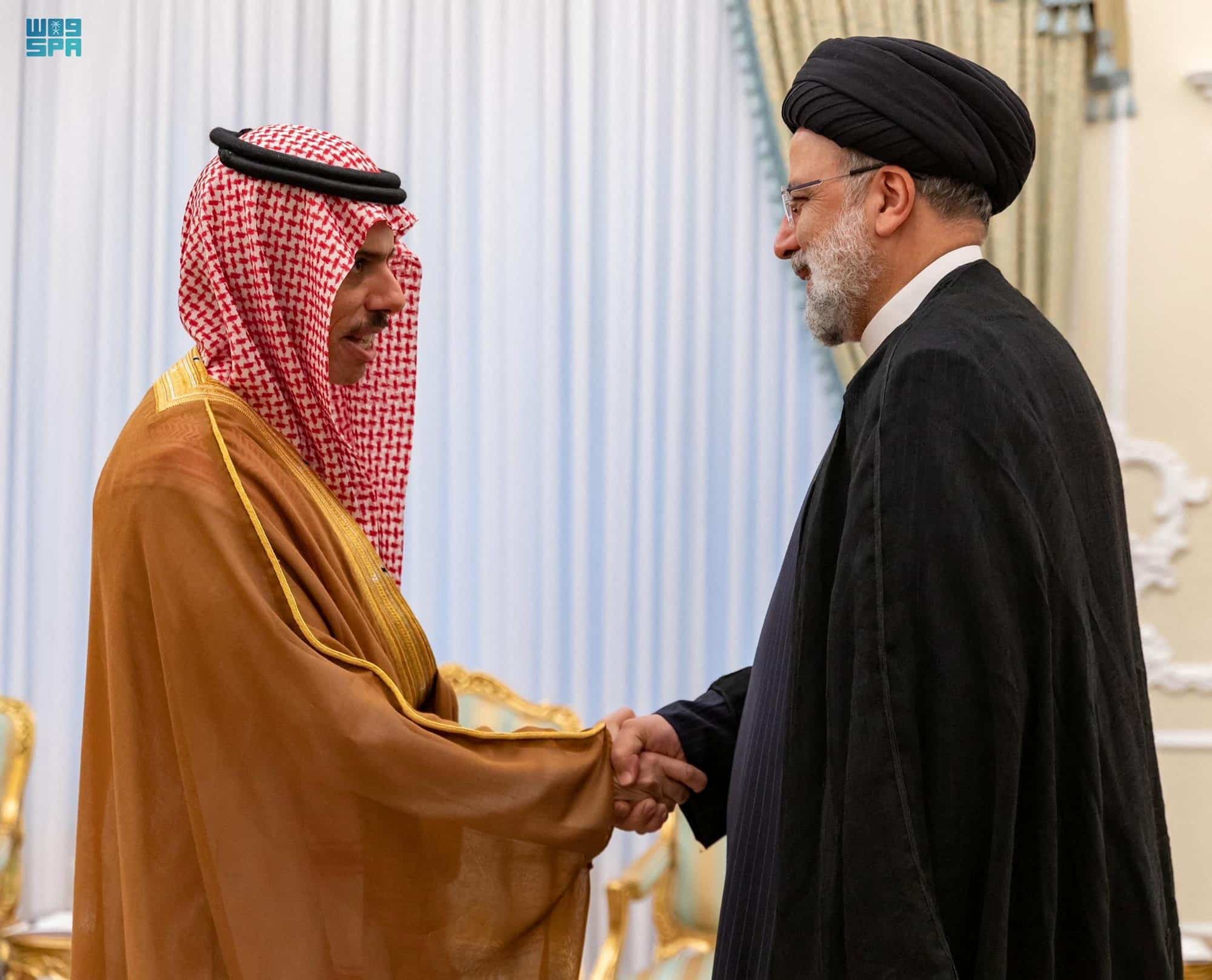By Gwynne Dyer
“I believe the (Iranian) regime will fall within a couple of years,” said Mohsen Sazegara. “It’s very different from three years ago, when they suppressed demonstrations in just five days. And the movement is spread all around the country.”
Sazegara said that last November and the Iranian regime is still standing, but it does feel like a clock is ticking somewhere. Savage reprisals against the demonstrators, (more than 500 killed) have dampened down the demos since April, but they are not over.
Sazegara was a companion of Ayatollah Khomeini during the 1979 revolution and one of the founders of the Islamic Revolutionary Guard Corps (IRGC), the Islamic regime’s primary enforcer at home and its main instrument for intervention abroad. But he grew disillusioned with the new regime’s theocratic rule and fled into exile in 1988.
So he may be out of touch, but the evidence is on his side. Unlike the mass protests of 2009 and 2019 in Iran, which lasted only a few days, these continued for half a year, and this time they involved every ethnic and religious group in Iran’s very diverse population.
For the first time the protesters’ slogans demanded not reforms but the end of the Islamic regime, and for the first time some of them resorted to violence. Dozens of members of the security forces have been killed.
The regime’s fall may not be imminent, but those in power are certainly frightened, and they urgently need to placate the population by raising their living standards. The quickest ways to do that are to ease the sanctions that have crippled the Iranian economy and to expand the country’s trade.
This explains the two major Iranian initiatives of this year: the Chinese-brokered reconciliation with Saudi Arabia in March, and renewed negotiations with the United States for an ‘understanding’ about Iran’s nuclear programme.
Iran’s deal with Saudi Arabia should eventually end the eight-year proxy war between the two countries in Yemen. Even in the short term it will bring much-needed investment in Iran by Saudi Arabia and other Gulf states. Saudi Finance Minister Mohammed Al-Jadaan said that could happen “very quickly” once diplomatic ties are restored.
The investment-starved Iranian economy would benefit greatly from an influx of Arab money, but the bigger prize would be a relaxation of the savage sanctions that were imposed on Iran by Donald Trump’s erratic administration five years ago.
Trump claimed that the treaty with Iran that Barack Obama signed in 2015, trading a cancellation of many Western sanctions for a tightly enforced limitation on Iran’s nuclear research, was inadequate to thwart Iran’s alleged desire for nuclear weapons.
All the other signatories of the treaty – France, Germany, the United Kingdom, Russia and China – insisted that Iran was fulfilling all its obligations under the agreement, but to no avail. Trump’s real motive was to destroy every one of Obama’s diplomatic achievements, simply because he loathed his predecessor. On racial grounds? Who knows?
Anyway, Trump unilaterally cancelled American commitments under the treaty in 2018 and reimposed harsh trade sanctions on Iran. The European signatories deplored America’s actions, but largely complied with the trade ban to avoid American secondary sanctions. And the Iranian economy nose-dived.
Iran waited a year to see if Europe had the guts to defy the American ban. It didn’t, so the Iranians began to breach the treaty terms too. They started raising the level of enrichment of their uranium a bit at a time, and they also began to exceed the permitted amounts.
The 2015 deal had limited Iran to 3.67% enriched uranium – far too low for nuclear weapons. But Iran went to 4.5% (July 2019), then 20% (January 2021), then 60% (April 2021), then 83.4% (January 2023). Weapons-grade purity is 90%, and they could now be there in a week any time they choose.
This was mainly Donald Trump’s fault, but the Biden administration has to take some of the blame for being slow to reopen talks in 2021. Now it’s too late to keep Iran from becoming a ‘threshold state’, only one decision away from actual nuclear weapons – but it is still possible to avoid or at least postpone that last step.
That’s what the current informal US-Iran talks are about: not reviving the old 2015 treaty, but just a tacit agreement that Iran doesn’t take the last step. If some of the US sanctions are cancelled and Iran’s economy revives, then the regime survives at least a little longer.
Threshold status is probably all that Tehran ever wanted: it wants the ability to get nuclear weapons quickly if either Israel or Pakistan ever threatens Iran with nuclear attack. Even such a flimsy understanding might therefore last for a long while.
The current Iranian regime might also last longer, of course, but every choice has its costs.
Gwynne Dyer’s latest book is The Shortest History of War







Click here to change your cookie preferences